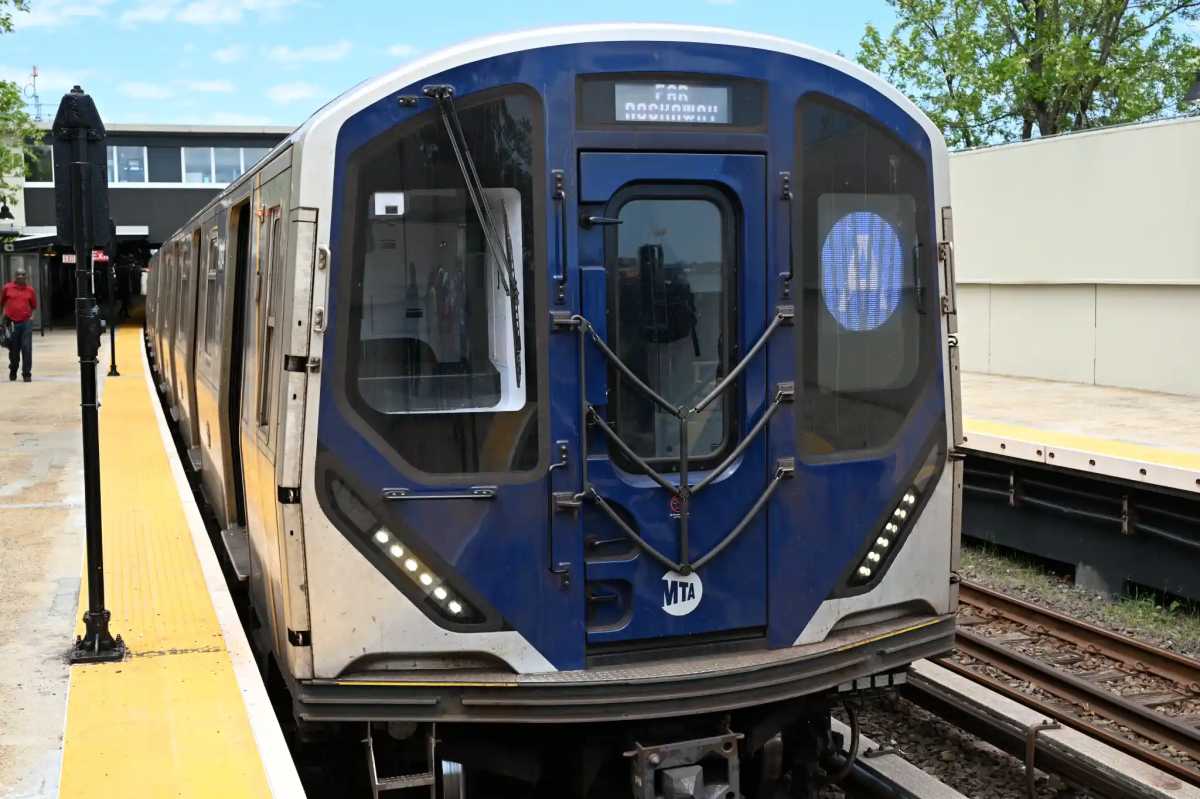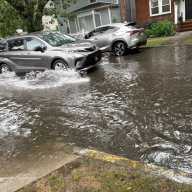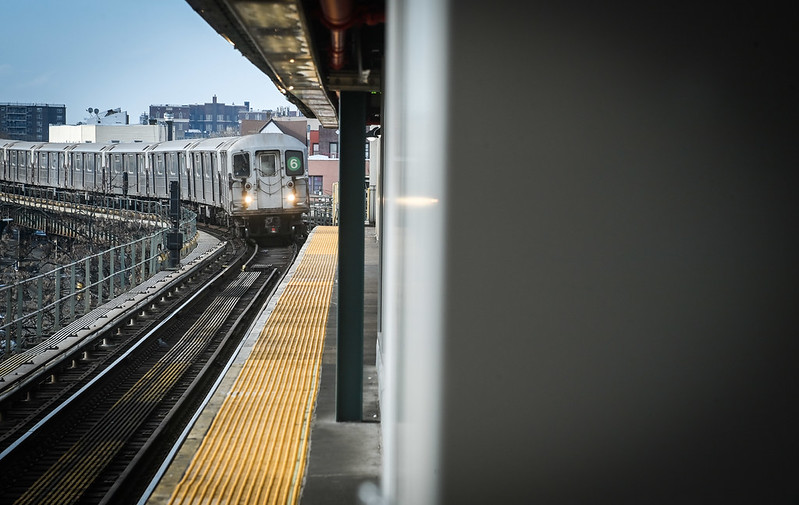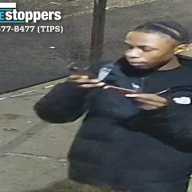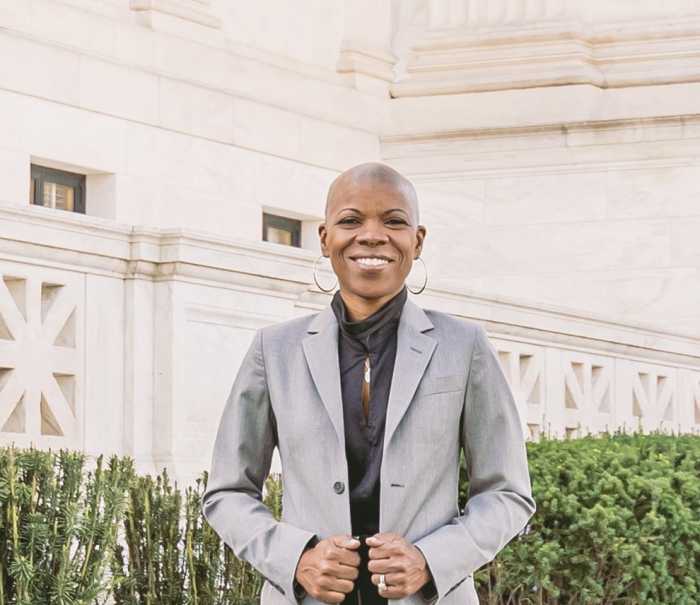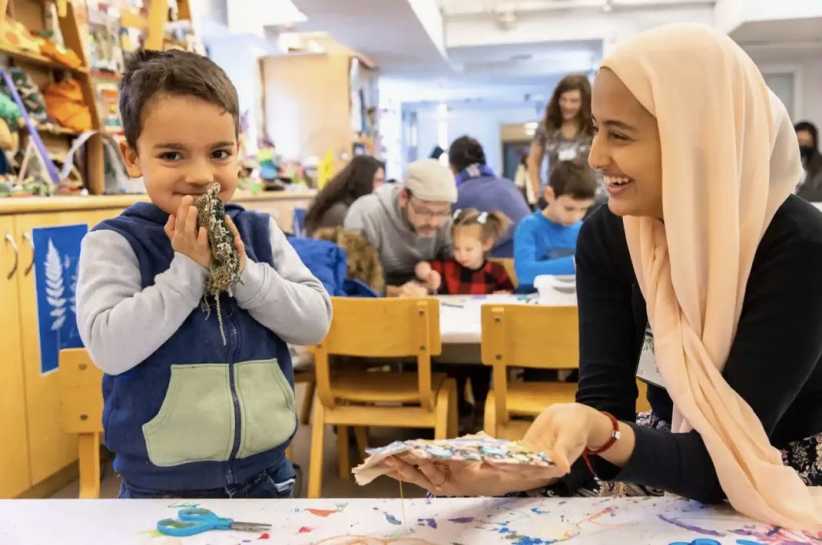Oscar is not the real name of the abused man quoted in this article. He came forward on condition of anonymity in order to help battered men understand that they are not alone in their experiences and assistance is available.
With fresh, bloody scratches on his back, Oscar entered the police precinct near his Queens home to unsuccessfully file a domestic violence complaint against his wife. In December 2002, Oscar was one of the first men to seek help after being abused by a woman. But the Bayside man, who could not find assistance of any type until January 2004, was not the last to search for aid.
The slowly swelling ranks of abused men searching for assistance comes as social service programs, books, television and university studies reveal female battery of males. At the same time, not all social and legal services have kept pace with the rising demand.
"Theyve got to make the decision to go," Oscar said. "Because there are people ready to help them."
The men do come forward one by one now. Oscar, a 42-year-old caterer, is followed by a Marine Corps reservist. Then an entrepreneur. Then a college student. All are men who have been abused by women, and all are pioneers by default.
These are the men seeking help from Nancy Diaz, the domestic violence counselor at Queens Womens Network (QWN) in Jamaica. A few are referred by a national hotline — where men call to talk about being shot, stabbed, punched, slapped or otherwise abused by women. Some are directed to Diaz by police, who are arresting women more and more in domestic violence cases.
Oscar found Diaz accidentally in January 2004, after pleading for help from an agency that helps men abused by male sexual partners. Because the agency was not equipped to deal with Oscars situation, it referred him to Diaz. Whatever route the male victims take to reach her office, Diaz always has the same conclusion for them to hear.
"A batterer is a batterer," Diaz said. "Abuse is not a gender thing. Its all about control — power and control. The abuser has low self-esteem. As a victim, we forgive our abusers, because we believe in the promises of change."
Diaz has nine male clients who comprise 20% of her caseload. A few years ago, she would counsel two men all year.
The path constructed to Diazs door took years to build. It began with "Abused Men: The Hidden Side of Domestic Violence," which Philip W. Cook penned in 1997. The Oregon author also credits the 2001 debut of www.safe4all.org, short for Stop Abuse for Everyone, with increasing public awareness about abused men and catalyzing the media buzz that resulted in Cooks appearance on CNN last year.
"I think the word is getting out there," Cook said. "I think the victims brochures that SAFE provides have helped greatly, because quite a number of agencies of different types have ordered those brochures and placed them in public places."
Jan Brown said regardless of what spurred the increase, calls are climbing at her all-volunteer hotline, the Domestic Abuse Helpline for Men based in Maine. The national hotline, also online at www.batteredmenshelpline.org, gets 260 calls a month at (888) 7-HELPLINE. At this time last year, the hotline received 190 calls a month.
Phoned-in pleas are the same as those of battered women, Brown said. In one call, a man asked for help after lying to his coworkers about his two black eyes. He told them he got the bruises while playing sports when, really, his wife punched him. Another said he could not leave his wife because he did not want to lose his children.
"Theyre getting validated," she said. "Whats happening is indeed abuse, and its not acceptable."
The same way domestic violence victims are equal in Diazs office, they are equal in studies performed by sociologist Murray A. Straus, a professor at the University of New Hampshire.
His research, dating back as far as 1996, shows women commit abuse as often as men.
Straus also believes the general public does not know this statistic because, sadly, the womens movement to fight domestic violence perpetrated by men may have contributed to the perception that men are the only abusers.
"Weve been taught for the last generation that women are the victims," Straus said. "Its hard to imagine that they do this equally."
He and QWN Executive Director Irene Navero agreed that due to the lack of a concentrated effort similar to the womens movement against domestic violence, the situation for men is the same as it was for women 25 years ago.
The subject of abused men is often greeted with rolled eyes and laughter from those who do not understand it. Worse, some other agencies treat men who seek help as the abusers, Navero said.
Working locally to address such domestic violence issues, Diaz and Navero meet once a month with Queens Borough President Helen M. Marshall through the Borough Presidents Task Force on Domestic Violence, Sexual Assault, Child Maltreatment and Elder Abuse.
On a more personal level, Wednesdays and Thursdays witness men blending in with Diazs female clients during support group meetings at her Jamaica office. There, facial tissues and understanding are provided to domestic violence victims of either gender.
But Diaz still faces challenges trying to help her male clients. Most services, such as battered womens shelters and accompanying legal help, are geared toward female victims.
So, Diaz said, there is a dearth of services for men. She cannot find anger management services geared toward the female abuser. At the same time, only a handful of shelters for victims of domestic violence allow male residents. Stop the Violence Inc. gives domestic violence victims hotel vouchers throughout the country when they call (866) 879-8855, despite its base in Albany. But at times, the only option for Diaz is to send male victims to homeless shelters.
As a result, men tend to stay with abusive women — especially if there are children involved. To these men, leaving the women means the abuser becomes the main parent.
Oscar reasoned that the child he left behind was not his biologically. But his face still softens when he thinks of the kindergarten-aged girl he helped raise for more than two years.
"That was my kid, so she tried to push me with that," Oscar said of his wife.
Men in his support group had similar stories: their wives screamed at them and abused them in front of their children, who the women then taught to disrespect their fathers. Oscar thought the men in his support group wanted to cry about their children, but would not let go in front women in the gathering.
This socialized emotional toughness is another reason more men do not seek help, Oscar thinks.
Ironically, his training was the main reason he left his wife in December 2002 and sought a divorce in January 2004, when she started threatening him on the phone he uses for work. Oscar said he will not hit a woman and he was afraid if he stayed with his wife as the abuse continued, he would strike back. The divorce is still pending.
"You see faces and you just see outside," Oscar said. "When you close those doors, its another world."









